In the evolving landscape of civil engineering, the contrast between old steel and modern steel offers a fascinating study in material science and history. For engineers and structural enthusiasts alike, understanding these differences is not just about appreciating our industrial heritage, but also about leveraging knowledge for future innovations.

Old Steel: A Glimpse into the Past
Old steel, often found in historical structures, possesses a unique charm and resilience. Characterized by its simpler, unalloyed composition, it stands as a testament to the ingenuity of early engineers. While it may lack the sophisticated properties of modern alloys, old steel showcases an era's commitment to utilizing available resources to their fullest potential.
 My Work with Old Steel 2
My Work with Old Steel 2 Modern Steel: The Advancement of Technology
Modern steel, in contrast, is a product of advanced metallurgical processes. It's often alloyed with elements like chromium, nickel, and molybdenum, enhancing its strength, ductility, and corrosion resistance. These properties make modern steel adaptable to a wide range of contemporary engineering applications, from skyscrapers to bridges, ensuring both durability and safety.

Comparative Analysis: Resilience vs. Innovation
When comparing old steel with modern steel, the focus often shifts to their respective attributes. Old steel, while robust, is more susceptible to environmental factors like corrosion. Modern steel, through technological advancements, overcomes many of these limitations, offering improved performance and longevity.
However, the value of old steel extends beyond its physical properties. It represents a legacy of engineering triumphs and challenges, encouraging today's engineers to appreciate and learn from past methodologies.

The Role of Engineers and Content Writers
Engineers today are tasked with the unique challenge of integrating these two worlds - preserving the historical significance of old steel structures while embracing the advancements of modern steel. Content writers, in documenting these efforts, play a crucial role in educating and bridging the gap between past and present engineering feats.

Conclusion: Embracing the Legacy and Future
The comparison between old and modern steel is more than a technical analysis; it's a narrative of progress and respect for history. As we continue to innovate in the field of civil engineering, acknowledging and understanding our material heritage is crucial for sustainable and informed engineering practices.
*This article has been professionally guided and inspired by industry experts, complemented by OpenAI’s extensive language model across various stages of the workflow. It has been thoroughly reviewed and fact-checked by our dedicated editorial team for accuracy.
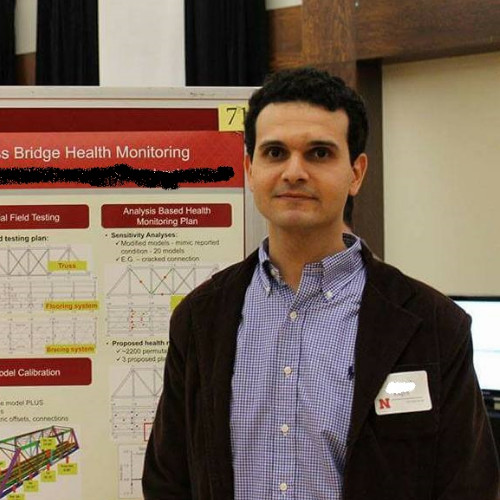
Welcome! I'm a Ph.D. student at UNL, specializing in bridge structural health monitoring. With over eight years of teaching and industrial experience in structural engineering across Egypt, Saudi Arabia, and Qatar, I've excelled in designing and assessing bridges. Currently, I'm a top-tier engineer in Qatar, leading significant projects. For more details, visit my professional profile page (👈click).

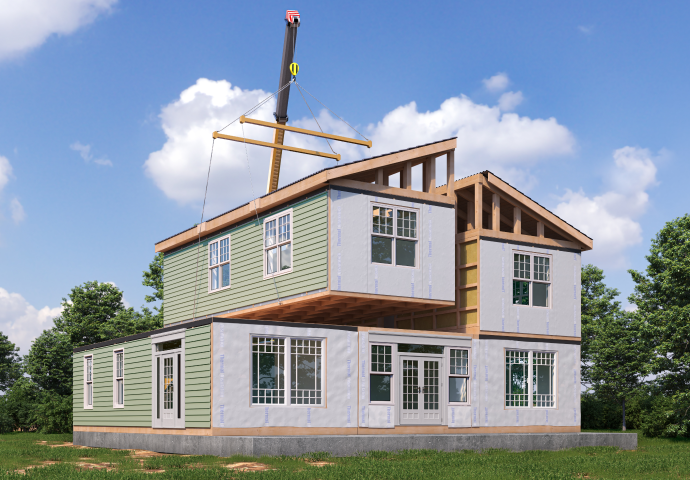
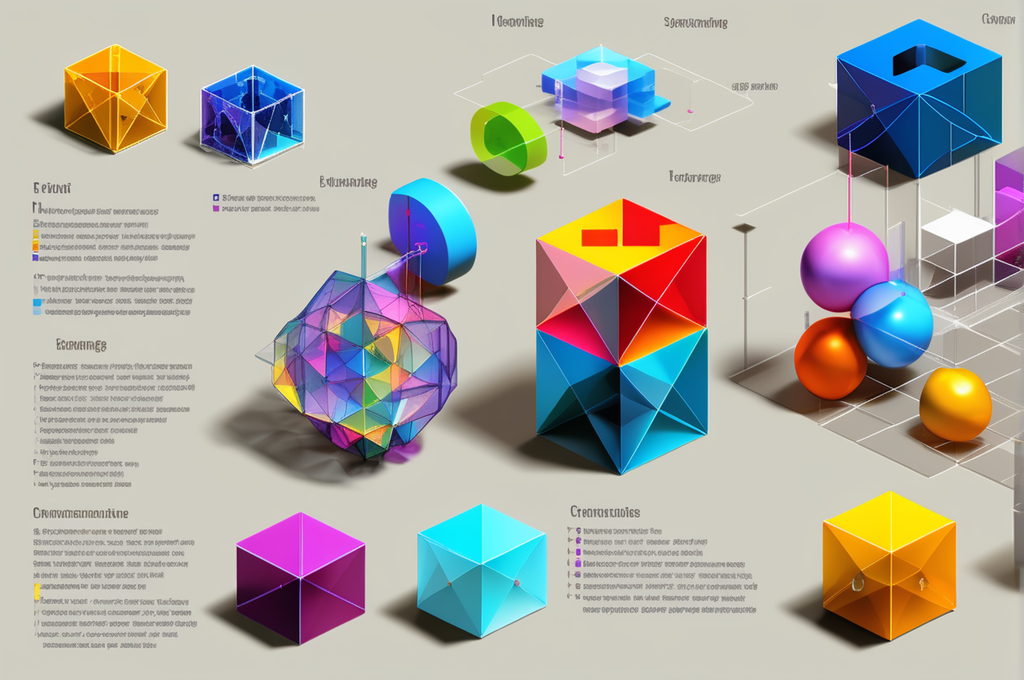

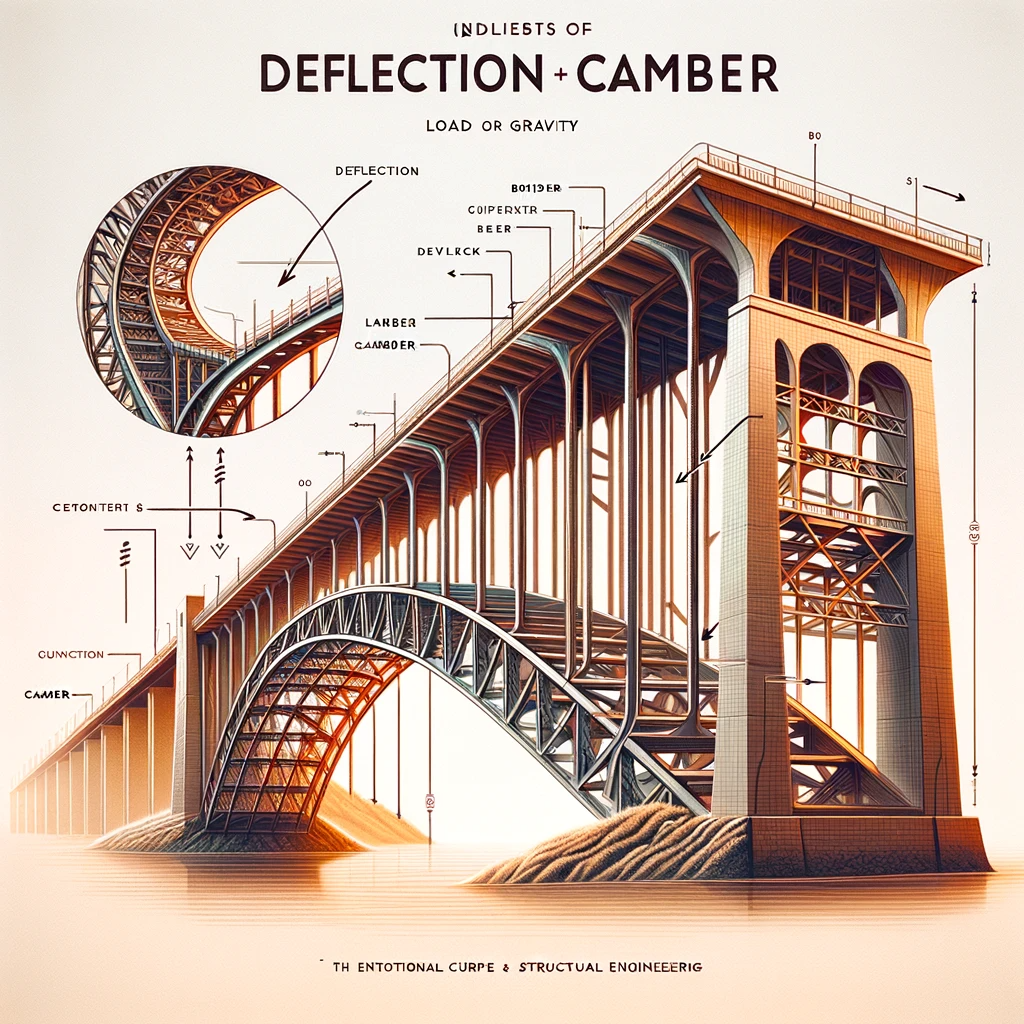
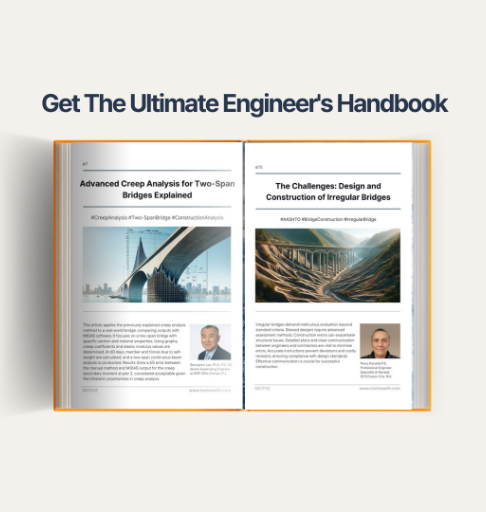

/%EC%9E%91%EC%9D%80%EC%97%B0%EB%AA%BB_400_400.png)

